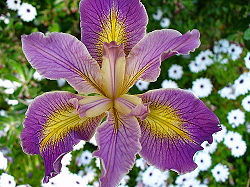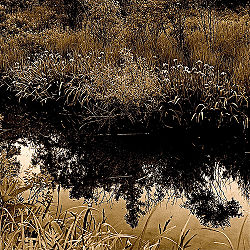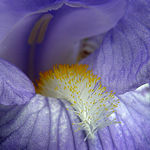Iris
| Iris |
|---|

|
| Scientific Classification |
|
| Species |
|
Iris is Tennessee's state flower and it is one of the most famous flowers in the world. Mostly they are used in garden plants and the Garden Iris are the bearded German Iris. Also, those kind of Iris are easy to plant and spread because they grow in any garden soil.
Anatomy
Iris has about 200~300 species that has very various flower colors, also it contains strongly pigmented tissue that is called Stroma. Iris's colors are brown, grey, green, blue and hazel. The leaves of Iris are very sharped but some other species has round basal. Their stems are long and upright and they have three sepals which are unfolded or folded. Iris is used from long time ago in many ways. For example, it is used as perfume, toothpaste, medicine, essential oil and water purification.
Reproduction
Many small Iris dies by too much moisture but should have drained them and they are good to be under the sun. And Should protect Iris in Winter because their leaves might decay. They are single plants and can be found on rocks or dead woods. They are multi-stemmed woody plant and normally shorter than 4 to 5 meters in height, also, they are low growing which can be shorter than 0.5 m tall. They are produced by seed.
Ecology
Iris's ares or origin are very wide because they live in cold, grassy slopes, meadowlands, stream banks of northern and the middle East Africa, Europe and near by North Africa.
Gallery
 Browse |
References
- Wikipedia Author. Publisher.
- Answers.com Author. Publisher.
- Plants Author. Publisher.










